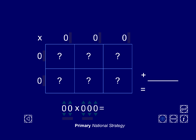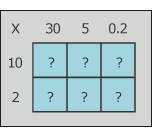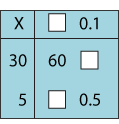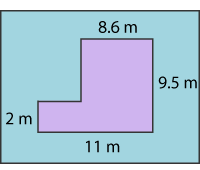Consolidation and practice
These resources are to support children in guided or independent work. Roll over the highlighted resource for a description.
Multiplication grid

This interactive teaching program (ITP) is an ICT-based tool to support the exploration of multiplication. Multiplication grid ITP allows the child or teacher to demonstrate the grid method of multiplication for whole and decimal numbers. The ITP can be used to develop children's abilities to apply their knowledge of number facts and to deduce and reason, when finding missing component numbers.
Confirming learning
Ask probing questions such as:
- Look at this example of a grid method. Complete the calculation and work out the answer.

- Abbie says that 23.4 × 5 will be bigger than 53.4 × 2. Is she correct? Use a written method to prove your answer.
- I buy 1.6 kg of apples. They cost 65p per kg. Work out how much I will pay for the apples using a written method.
- Work out the missing number:
 ÷ 3.8 = 17
÷ 3.8 = 17

 Calculating
Calculating


 .
.